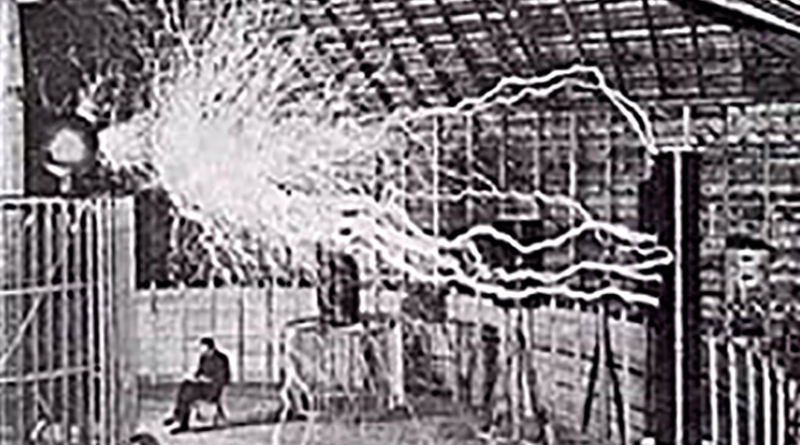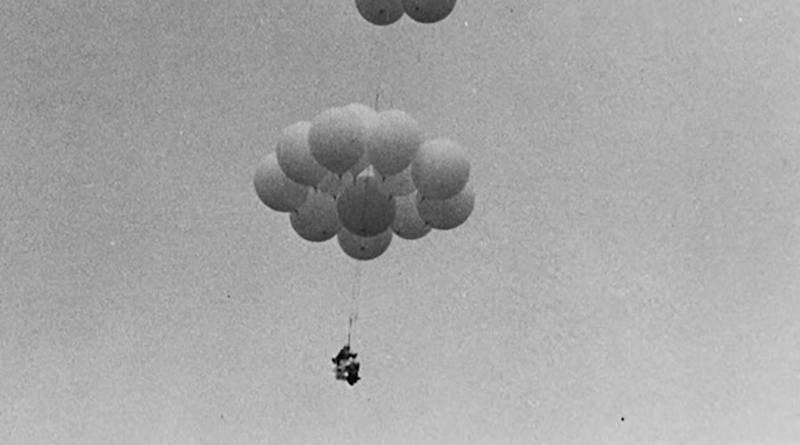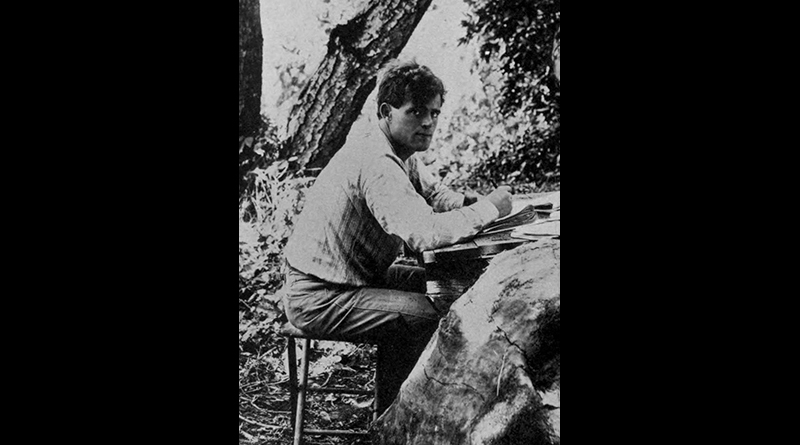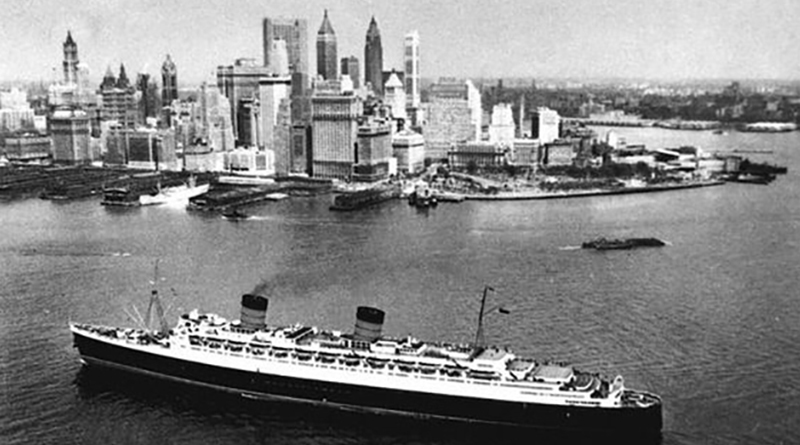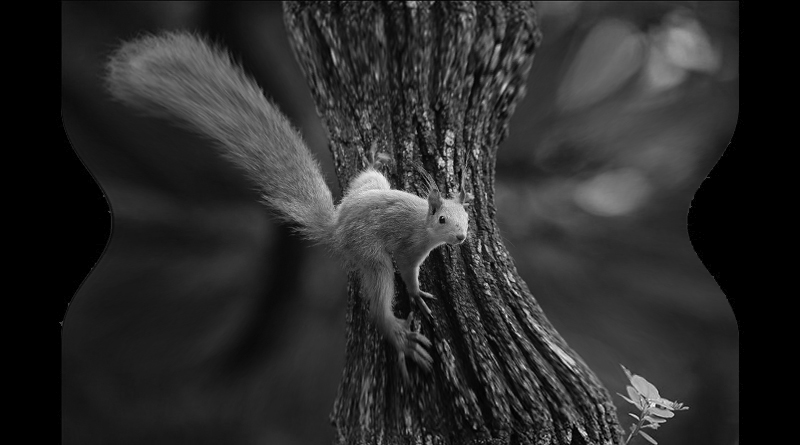Hemingway had decided, with all good intentions, to give his wife a belated Christmas present. He rented a Cessna 180 and hired a bush pilot named Roy Marsh to fly them over some scenic African sights. They would see Lake Albert and the spectacular Murchison Falls where the Nile River falls through a rock cleft and descends into cascading pools of water several hundred feet below. Mary Hemingway shot roll after roll of film as the bush pilot circled the falls several times. Suddenly, a flight of ibis, birds with long legs and long curved bills, flew in front of the plane. Marsh dove quickly to avoid hitting them. Unfortunately, the plane hit an abandoned telegraph wire that stretched across the gorge, causing the plane to crash. They were all stranded on rocky ground in a secluded area of thorn trees in Uganda. Luckily, no one was seriously injured, although Hemingway’s wife had cracked some ribs and was in shock. After making camp on a high point of land, away from the river, they wondered how they would get help. The plane’s radio wasn’t working. They spent a sleepless night on the hill listening to the night sounds and worrying about danger from the elephants gathered nearby.
The next morning, a large white boat appeared on the river, but the skipper was not eager to take them aboard. Finally, the matter was settled when Hemingway offered to pay the skipper a large sum of money. When the rescue boat reached its home port at Butiaba, Hemingway and his wife were rushed onto a plane to fly to Entebbe. News reporters were waiting there to find out what tragedy had befallen the famous writer and his wife. It seemed that someone had spotted their downed plane and reported that there were no survivors. News had gone out that the Hemingways had been killed in a plane crash! The couple needed prompt medical attention and were exhausted from their overnight experience, but first the reporters wanted to get the story on the celebrity writer and his wife.
Ironically, the plane the Hemingways were rushed onto had difficulty getting off the ground. Mary Hemingway later described this frightening event: “We lifted slightly, set down, lifted again like a grasshopper, set down again, continued hopping, the tail bumping…. Then came the wrenching, creaking, crashing, breaking and we were stopped and flames were leaping outside my window.”
Everyone managed to escape again. This time, though, Hemingway suffered a serious injury to his head when he used it to butt open a jammed door. His scalp was cut and he had another concussion along with first-degree burns. He received emergency treatment, but it wasn’t until a few months later that more serious injuries were finally diagnosed. Hemingway had suffered damage to his liver, spleen, and kidney, hearing loss, temporary vision loss in one eye, and a crushed vertebra.
The Hemingways stayed in Africa, but the injured writer was not well. During this time, he lost twenty pounds from his large burly frame. He appeared smaller and frail, his shoulders were slouched, and his hair was white. He was depressed and suffering from terrible back pain. The two plane crashes that had occurred within two days of each other had taken their toll on him. Still, he did not return home but continued with the safari until he experienced yet another injury. While trying to put out a brushfire near camp, he fell into the flames. He suffered second-degree burns on his legs, chest, abdomen, lips, left hand, and right forearm. This accident brought the safari to an end. Living life to the fullest was finally catching up with the American legend.
— Della A. Yannuzzi, in her book Ernest Hemingway: A Writer and Adventurer (read for free)


